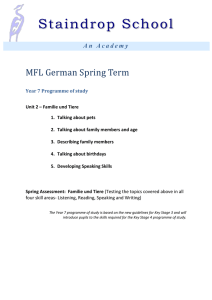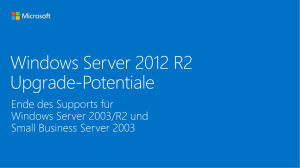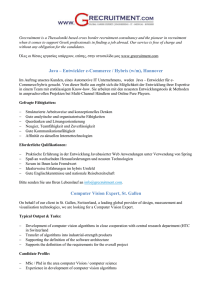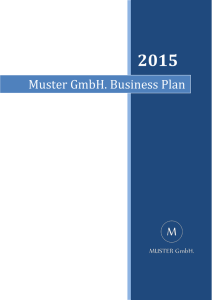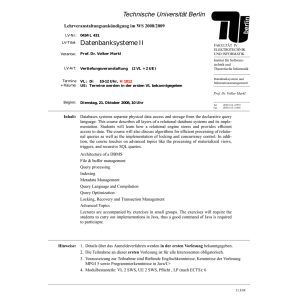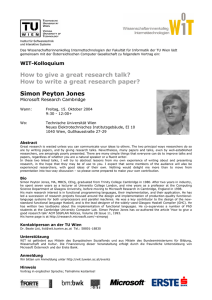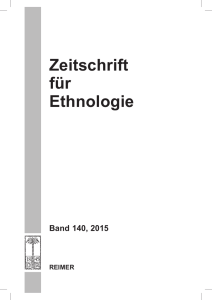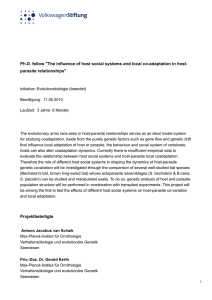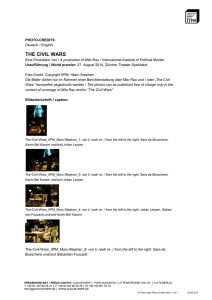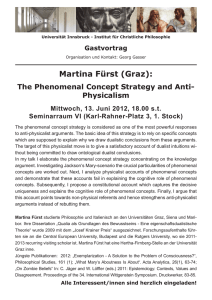Multiple Tokenizations in a Diachronic Corpus-AL-co
Werbung
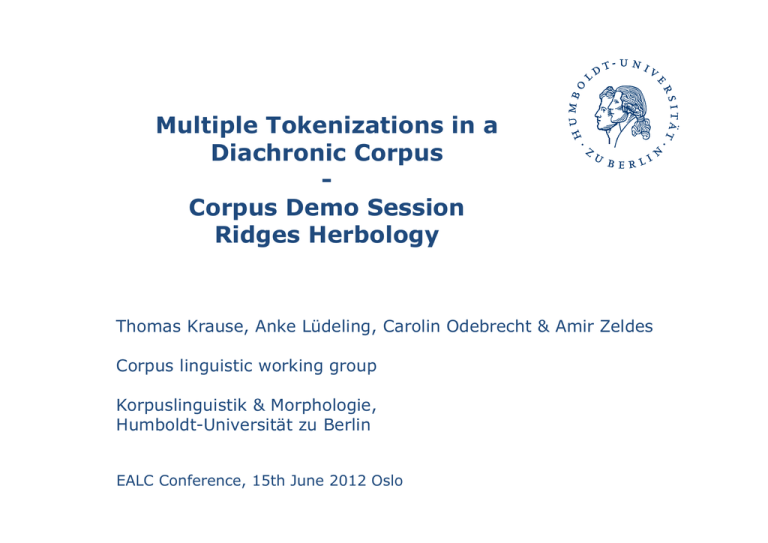
Multiple Tokenizations in a Diachronic Corpus Corpus Demo Session Ridges Herbology Thomas Krause, Anke Lüdeling, Carolin Odebrecht & Amir Zeldes Corpus linguistic working group Korpuslinguistik & Morphologie, Humboldt-Universität zu Berlin EALC Conference, 15th June 2012 Oslo Structure of the Corpus Demo Session 1. Project and research question 2. Linguistic Motivation Dealing with historical/diachronic texts 3. Examples leading to the principle of multiple tokenizations Variance in historical/diachronic texts 4. Implementation Implementation and Visualization 5. Demo How does it work? 15.06.2012 EALC Conference Oslo Korpuslinguistik und Morphologie, Humboldt-Universität zu Berlin 2 1. Project and research question LAUDATIO (Long Term Access and Usage of Deeply Annotated Information) SFB 632 Informationsstruktur D1 (Linguistic Database for Information Structure: Annotations and Retrieval) Diachronic Corpus Ridges Herbology Generic Search tool for many kinds of corpora ANNIS Texts from scientific register 1543-1870 Based on SQL Database Multiple tokenizations for diachronic corpora allows the alignment of diplomatic transcripts with normalizations and a flexible application of further annotations on these layers. 15.06.2012 EALC Conference Oslo Korpuslinguistik und Morphologie, Humboldt-Universität zu Berlin 3 1. Project and research question Important points for corpus linguistic research that we want to address in our projects: - Access, usage and re-usage of primary data and annotations - Open source character for data and software - Transparency through detailed documentation 15.06.2012 EALC Conference Oslo Korpuslinguistik und Morphologie, Humboldt-Universität zu Berlin 4 2. Linguistic Motivation Dealing with diachronic corpora… ...means preparing a maximally flexible corpus architecture. This architecture needs to permit the addition of various texts and various annotations layers. This architecture needs to capture transcriptions as well as normalizations, too. Above all, the architecture needs to be agnostic of all annotation layers, normalization and transcription guidelines. 15.06.2012 EALC Conference Oslo Korpuslinguistik und Morphologie, Humboldt-Universität zu Berlin 5 3. Examples leading to the principal of multiple tokenizations Variability in historical/diachronic texts …(see for example Claridge 2008). Orthography, separate spelling, special characters and special fonts occur in nearly every historical text. That is why we need normalizations to handle the variance. However, it is crucial to trace back the normalizations. (1) [...] gleich als wenn ſie aus vielen kleinen Blaͤt⸗lein zuſammen geſetzet waͤren [...] ’as if they were composed of many little leaves’ (Curioser Botanicus oder sonderbares Kräuterbuch, 1675) (2) [...] indem die krautartigſten Ge-wächſe bisweilen bloſs aus Mark , Fleiſch und Rinde zuſammengeſetzt ſind . ’as the herbaceous plants occasionally are composed of only pith, flesh and bark’ (Grundriss der Kräuterkunde, 1792) 15.06.2012 EALC Conference Oslo Korpuslinguistik und Morphologie, Humboldt-Universität zu Berlin 6 3. Examples leading to the principal of multiple tokenizations Our method of multiple tokenizations enables researchers to deal with all kinds of variation without loosing the retrieval for the transcripted data. We propose a step by step normalization whereby each step may get its own segmentation if necessary. Doing so, researchers are free to choose on which normalization layer a tool or the manual annotation should be applied. It is possible to investigate direct and indirect precedence, e.g. particle verb constructions, orthography, e.g. special characters, and graphical information, e.g. line breaks, independently. 15.06.2012 EALC Conference Oslo Korpuslinguistik und Morphologie, Humboldt-Universität zu Berlin 7 3. Examples leading to the principal of multiple tokenizations Examples: Now, we need a way to implement and visualize the data… 15.06.2012 EALC Conference Oslo Korpuslinguistik und Morphologie, Humboldt-Universität zu Berlin 8 4. Implementation Implementation and Visualization… Our corpus search tool ANNIS uses a relational database (Zeldes et al. 2009). An implementation was needed for − Extend automatic generation from AQL (ANNIS Query Language) to SQL − SALT Data Model and Pepper Converter Framework (Zipser & Romary 2010) − Converter for extracting the segmentation from EXMARaLDA − Modification of the search engine interface. 15.06.2012 EALC Conference Oslo Korpuslinguistik und Morphologie, Humboldt-Universität zu Berlin 9 5. Demo Multiple Tokenization in ANNIS Demo Session: Join us to see ANNIS and the multiple tokenizations in action! Questions are allways welcome ! 15.06.2012 EALC Conference Oslo Korpuslinguistik und Morphologie, Humboldt-Universität zu Berlin 10 References Claridge, C. (2008). Corpus linguistics. In A. Lüdeling & M. Kytö (Eds.). Corpus Linguistics. An International Handbook. Vol 1. (Reihe Handbücher zur Sprach- und Kommunikationswissenschaft). Berlin: Mouton de Gruyter (pp. 242–259). . Zipser, F., & Romary, L. (2010). A model oriented approach to the mapping of annotation formats using standards. In Workshop on Language Resource and Language Technology Standards, LREC 2010. La Valette, Malta. Available from http://hal.inria.fr/inria00527799. Zeldes, A., Ritz, J., Lüdeling, A., & Chiarcos, C. (2009). ANNIS: A search tool for multilayer annotated corpora. In Proceedings of corpus linguistics (pp. 20–23). LAUDATIO: http://www.laudatio-repository.org/ SFB 632 D1: http://www.sfb632.uni-potsdam.de/~d1/ Ridges Herbology: http://korpling.german.hu-berlin.de/ridges/download_en.html EXMARaLDA: http://www.exmaralda.org/index.html 15.06.2012 EALC Conference Oslo Korpuslinguistik und Morphologie, Humboldt-Universität zu Berlin 11 Queries 1. Special characters dipl="und" clean="und" norm="und" pos="KON" dipl="haͤuffte" norm="Tannenreis" 15.06.2012 EALC Conference Oslo Korpuslinguistik und Morphologie, Humboldt-Universität zu Berlin 12 Queries 2. Particle verb constructions lemma="zusammensetzen" & meta::date="1675" 3. Infinitives norm="zuverstehen“ norm="zu" & norm="verstehen" & #1.norm#2 15.06.2012 EALC Conference Oslo Korpuslinguistik und Morphologie, Humboldt-Universität zu Berlin 13 Queries 4. Compounds norm="Stabwurzöl" norm=/Spanne.*/ 5. Structural/graphical information lb="lb“ 6. Combined query norm=/a.*/ & dipl & dipl & #1 _i_ #2 & #1 _i_ #3 & #2 .dipl #3 15.06.2012 EALC Conference Oslo Korpuslinguistik und Morphologie, Humboldt-Universität zu Berlin 14
